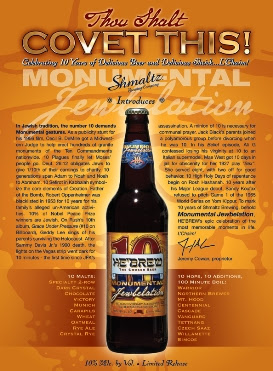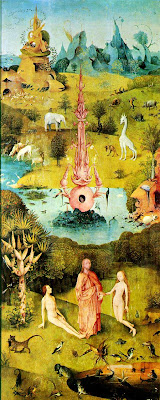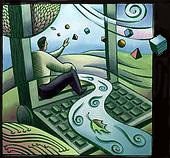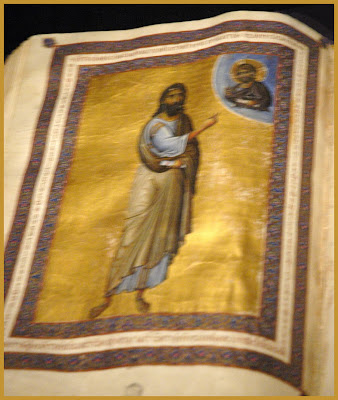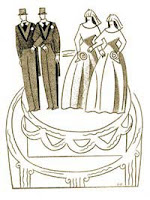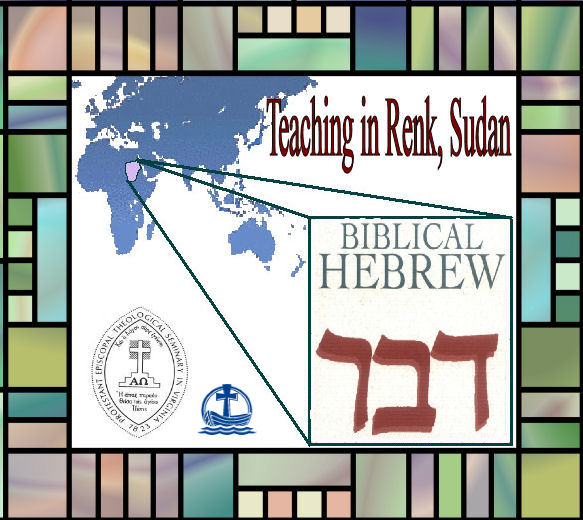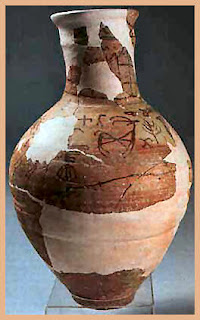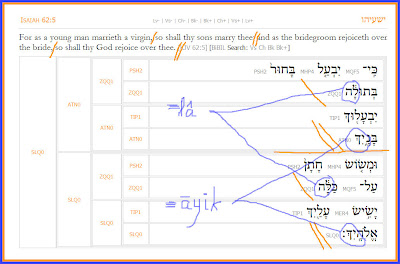Creating Space for Theological Reflection on the Two Christian Testaments
You noted that, “The crucified one is a true "Servant" in the sense that both testaments of the Scriptures labor to flesh out the nature of "servanthood." It seems that Childs’ influence is helping you frame your study of servanthood in the sense that you are asking how both testaments are discrete witnesses to their subject (i.e. Christ). Personally, I think a large benefit of Childs project is not ultimately in his specific theological exegesis (only his exegesis is quite helpful and we are lucky to have it) but his ability to create a space for others to do Christian theological exegesis. In other words, by struggling to come to terms with the importance of a two testament Christian canon that sees 1. the relationship between the two testaments more than simply prequel and sequel and 2. our relationship to these testaments as different than that of the prophets and apostles, Childs tries to supply a framework from others to do Christian theological exegesis that is both spiritual (scripture as a witness to God) and disciplined (it takes seriously the notion of canon and fleshes out the consequences of this notion).
I mention this because I think his canonical proposals are often unfairly characterized as limiting exegetical work rather providing a framework for it. Partly, I think this is because his “Biblical Theology of the Old and New Testament” did not make as big an impact on the field of biblical theology as his earlier works did, which is unfortunate. Nonetheless, it seems to me that you are showing very creatively how his canonical proposals can help one reflect on/develop a biblical theology of servanthood in both a spiritual and disciplined manner. --Jeremy
Warm thanks for these perceptive and welcome thoughts. Further comments welcome...
